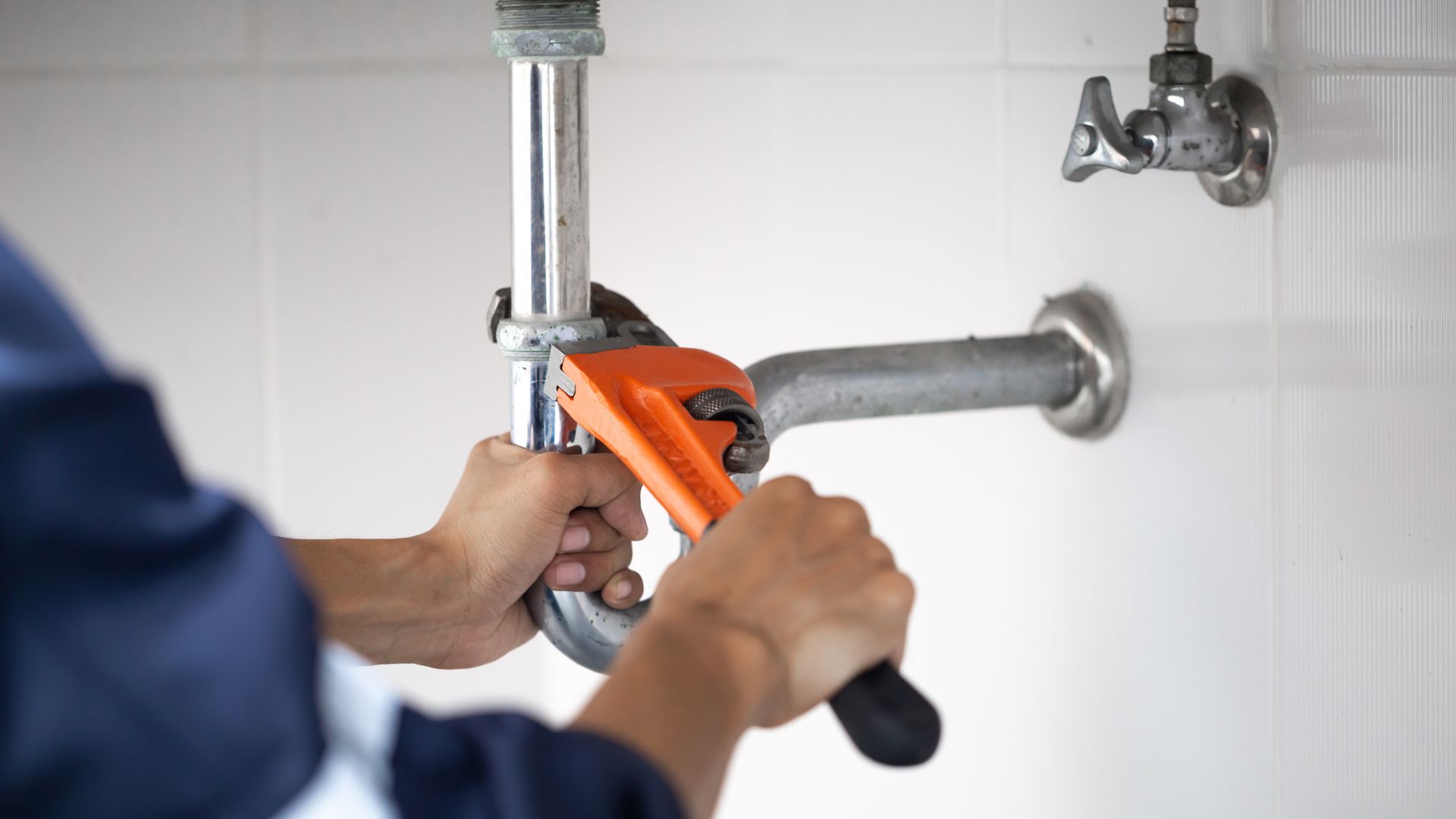
Sump Pump Maintenance Tips
Why Sump Pump Maintenance Matters
Basement water damage is widespread during the spring and summer. This is because the thawing snow saturates the ground, and when it starts raining, the ground can't absorb any more water, so the excess ends up flowing on the surface. When this occurs, your only hope against flooding is a functioning sump pump, as it will move water out fast and prevent water damage. Sump pump maintenance is critical to creating and keeping a dry basement. Keep reading to learn how to spot a faulty sump pump and learn some general care tips. Here are some signs you have a faulty sump pump that needs replacing.
Signs of a Faulty Pump
- Irregular cycling — If your pump keeps cycling on and off, even in wet conditions, something is wrong. An incorrectly adjusted float switch could make the pump actuate when a little water enters the sump pit. Another common reason is wiring malfunctions. If the pump starts and stops abruptly, a shortage in the electrical system could be the issue.
- Unusual noises — Mechanical sounds coming from your sump pump could indicate worn or damaged parts. If the motor noise is excessive, chances are the bearing has failed. Rattling sounds or grinding noises may mean a jammed impeller.
- Excessive vibration when running — If the pump shakes excessively when on, it could wobble and fall on its side. Your biggest worry should be the hard debris that could have been sucked in, as it could damage or bend the impeller.
- Visible rust — A brownish substance can form on corroded battery terminals. Rust feeds off the iron in water, causing discoloration. In some cases, a gel-like substance can clog the sump pump and the plumbing.
- Motor failure — The fault often arises from an internal wiring failure. If the pump is getting power but still is not working, the problem could be an internal electrical problem. Make sure the pump is plugged in properly before you investigate other issues.
- The pump runs continuously but doesn't eject water — It's possible the pump doesn't have enough horsepower to handle a large volume of water or move it out for a certain distance. Correct pump sizing can resolve this issue. Your plumber or basement waterproofing professional who installed the system will look at pipe diameters, reservoir dimensions, plumbing pathways, and elbows.
In most cases, fixes are simple and revolve around discharge, electrical connection, water intake, and switch mechanisms.
Sump Pump Care Tips
While not every home in the Atlanta Metro Area has a basement, those that do require extra care and attention, regular maintenance can avert water issues and emergency plumbing situations. Here are useful tips to keep your basement sump pump in peak performance.
Be sure to pour water into the sump pit to test your pump. Anytime you do this, your pump should come on, eject the water, and shut off shortly thereafter. Cleaning your pump removes dirt, sand, grease, gravel, and debris. Regular cleaning will boost the pump’s efficiency.
Get a battery-powered backup pump if the main sump pump fails due to mechanical defects or power outages. Also, replace worn-out parts of the sump pump. Your local plumber or basement waterproofing specialist should be able to guide you.
Here are additional recommendations that might help you keep the sump pump operational for many years:
- Check the float switch to make sure it’s not restricted.
- Clean the air holes in the pump’s discharge line.
- Listen for unusual noise when the motor is on.
- Replace the battery on the backup device every 2-3 years.
- Unplug the primary pump and test the backup pump to ensure it is functioning properly.
They're Stoked!
Check out our awesome reviews
-
"I couldn’t be more impressed with their professionalism and expertise!"If you’re looking for someone who knows their craft and provides top-notch customer service, I highly recommend Jeremy at Hey Dude Plumbing. He’s a true professional and an asset to anyone in need of plumbing or water heater expertise.- David D.
-
"They were professional and courteous and made a bad situation bearable."I was having an issue with my water heater that was only four months old. Jeremy came out and knew what the problem was only my description. He did additional checks, ordered the parts, and did a reset to get the water to heat. Highly recommend!- Heidi W.
-
"Great team of plumbers!"These guys were on it when we didn’t have hot water for over a week after the storm. I really appreciate the great communication, punctuality, and quality service. Jeremy came out early on a Saturday morning and worked as long as it took!- Emily O.
-
"Hey Dude is my go-to plumber in Atlanta!"Jeremy is fantastic! He diagnosed my plumbing issue, offered a solution, fixed it in record time, and the rate was good. The follow-up service was great as well. Thank you!!- Harriett F.
-
"You won't find a better plumbing company than Hey Dude Plumbing."The name threw me a curve, but I decided to call Michael at Hey Dude Plumbing, and he was amazing with his honesty and fair prices. They're an excellent company. I use them for all my plumbing needs; they are professional through and through.- Greg H.
-
"Great customer service!"Jeremy is an extraordinary and highly knowledgeable professional. He immediately diagnosed the issue and was very kind, taking the time to explain everything. He reached out to the manufacturer of my water heater for a replacement under warranty!- Marco C.
-
"This company is amazing!"Michael is extremely knowledgeable and helped tremendously over the phone. Even gave us warranty information. He took our information at 11pm and continued to help while we were waiting for a new heater to arrive. Absolutely AMAZING!!!- Tanecia W.
-
"Fast & professional service!"Jeremy, the technician, took the time to clearly explain my issue and provided a solution in terms that were easy for me to understand. His communication skills made a positive difference in my overall experience.- Keria J.

